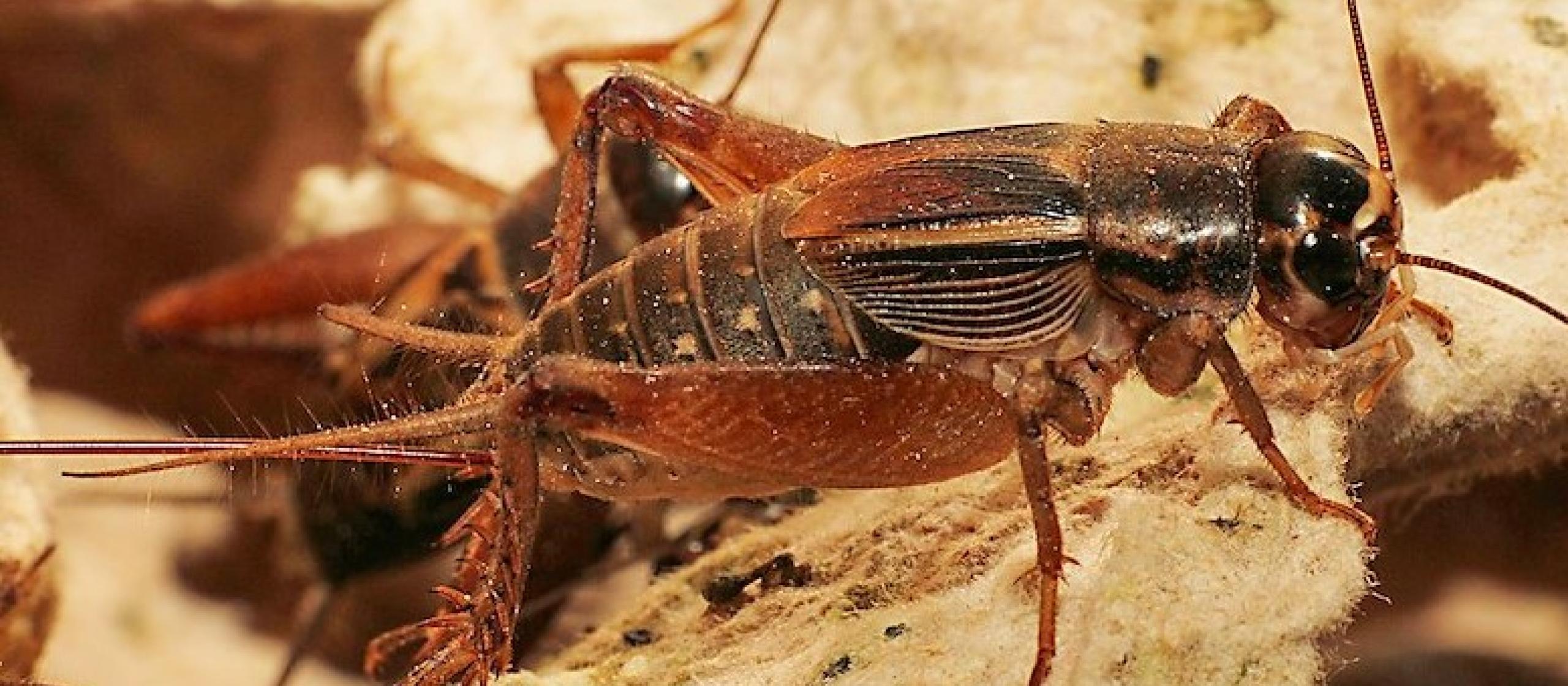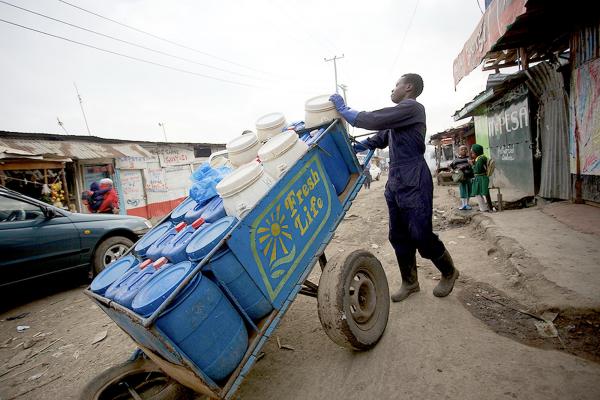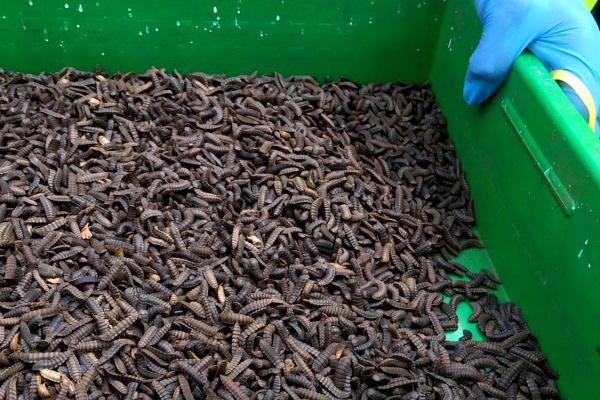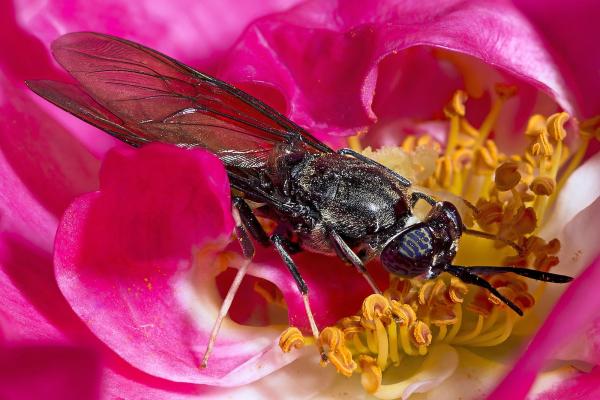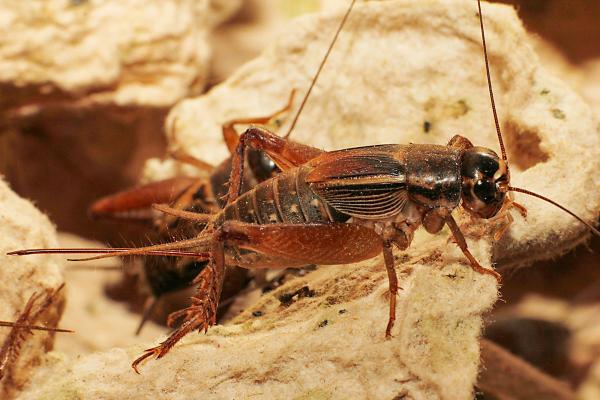- HomeHome
-
About ACIAR
- Our work
- Our people
-
Corporate information
- ACIAR Audit Committee
- Commission for International Agricultural Research
- Policy Advisory Council
- Agency reviews
- Executive remuneration disclosure
- Freedom of information (FOI)
- Gifts and benefits register
- Information publication scheme
- List of new agency files
- Contracts
- Legal services expenditure
- Privacy impact assessment register
- Commonwealth Child Safe Framework
- Benefits to Australia
- Careers
- 40 years of ACIAR
-
What we do
- Programs
- Cross-cutting areas
- Resources
- Where we work
-
Funding
- Research projects
- Fellowships
-
Scholarships
- John Allwright FellowshipScholarships to study in Australia for ACIAR partner country scientists to have Australian postgraduate qualifications
- ACIAR Pacific Agriculture Scholarships and Support and Climate Resilience Program
- Alumni Research Support Facility
- Publications
- News and Outreach
Date released
14 February 2019
INSECTS FOR FEED
The opening scenes of the futuristic sci-fi film Blade Runner 2049 show a replicant protein farmer tending to his insect larvae ‘livestock’. That vision of farming in the year 2049 is happening today, although admittedly minus the android farmer.
ACIAR and Canadian partners, the International Development Research Centre (IDRC), have been funding an innovative project in Africa that uses insects for livestock feed. The two agencies have partnered with Africa’s leading insect research institute, the International Centre of Insect Physiology and Ecology (icipe), Kenyan and Ugandan universities, and private sector sanitation and feed companies. The project seeks to realise the potential for insects to strengthen food security, provide employment and improve health and sanitation for people in Kenya and Uganda.
The ‘Integrating insects in poultry and fish feed in Kenya and Uganda’ (Insfeed) project, which began in 2015 and was renewed in 2018, creates a perfect closed loop. In Kenya’s capital Nairobi, for example, sanitation is both a health and an environmental issue. Sixty per cent of Nairobi’s residents do not have access to sewered sanitation, and 66% of the city’s waste is discharged into waterways and fields. Sanergy Ltd, a sanitation company based in Kenya, trains ‘Fresh Life’ franchisees and provides them with dry cassette toilets, which they set up through the poorer areas of the city. With these portable, regularly cleaned toilets, residents of Mukuru and other districts have a much safer, cleaner and competitive alternative to the public toilets in these areas. The dry waste from these toilets is collected daily and used to raise black soldier flies (Hermetia illucens). The larvae gain weight rapidly on the waste substrate. The larvae are then steamed to remove any potential pathogens, solar-dried and made into a highprotein meal for use in fish and poultry feed.
According to the 2017 Insfeed project report, in many sub-Saharan countries, the poultry and fish industries are among the fastest-growing agribusinesses. Women account for over 60% of these producers. Traditionally, these fish and poultry farmers feed their stock a meal that uses soybean and fishmeal as its protein source. However, because of demand, particularly for fishmeal, prices are becoming prohibitive. Its cost represents 70% of the ingredients used in fish production. There are also issues with the sustainability of using fish for fishmeal, in direct competition with fish for human food.
The project reared 16 insect species, including black soldier flies (BSF), crickets, locusts, silkworm and American cockroaches. Of these, researchers selected four species for further study: BSF, two species of cricket, and silkworms. However, business development focused on the BSF because of its rapid growth, waste-management potential and low cost to produce. The BSF is also high in macro- and micro-nutrients, and has a higher crude protein level (49.5%) than the crude protein level of fishmeal that researchers sourced on the Kenyan and Ugandan markets (40.3%). The results of the BSF trial were very successful. Layer chickens fed the BSF larvae performed particularly well compared to those fed the conventional fishmeal mix, laying more and better quality eggs for a longer time.
‘A major achievement of stage one,’ Dr Segenet Kelemu, Director General of icipe says, ‘is that Uganda and Kenya now have agreed standards for using insects as feed for chicken and fish.’
Stage one of the project concluded in 2017. It was so successful that the project has now been extended into stage two. This will involve scaling the project out to commercial production, to build business on the ground and create job opportunities in feed and poultry production, as well as in waste management. There is also scope to include countries beyond Kenya and Uganda.
Kelemu says that all icipe’s major projects include an examination of their social and gender implications from the beginning, to ensure there are no obstacles at the scaling phase. ‘Just because a new technology or product is good, does not mean it will be adopted by different sectors of society—you must consider the social agenda. That’s why we have a very strong social science unit to discover whether there are any restrictions on adoption and, if there are, find out how we can resolve them.’
INSECTS FOR FOOD
Farming insects as feed for livestock is only one part of the story. The other is the potential for raising edible insects as human food. The Food and Agricultural Organization has registered some 1900 edible insect species globally, and there is growing interest around the world in edible insects as food for human consumption. In Europe and North America, Kelemu says, ‘high-class restaurants are specialising in insects’. The Italian-based website L’Entomofago, for example, capitalises on this growing interest, promoting itself as the site for the ‘first specialised information media on edible insects as food and feed’.
Partners talked to Dr Kelemu about the work icipe is doing in this area. Kelemu says icipe has been working on an inventory of edible insects across Africa for the past five years and has identified over 500 edible African species. ‘We are working on the nutritional profile of insects Africans have been consuming for many generations.’ She explains that women and children collect these insects in the forests, but they can only be found at certain times of the year. Icipe is looking at cheap substrates and technologies that can be used to mass-rear them and make them available all year round.
‘With the global population expected to increase significantly in the next 50 years, we have to change the way we rear our animals and get our protein,’ Kelemu says. ‘A number of insects are loaded with a significant amount of protein, much higher than in fish or beef, or other protein sources we consume.’ Not only is this protein present in some insects in significant amounts, but it is also of a high quality, containing essential limiting amino acids such as lysine and tryptophan. A number of edible insects also contain high levels of minerals, vitamins and antioxidants.
Kelemu says she is very excited by the possibilities rearing insects can bring. ‘You can rear insects rapidly on waste—their conversion rate is much higher than any other animals.’ Insect farming also brings environmental benefits. ‘Their environmental footprint is much smaller—for one thing, you can rear insects with little or no water,’ she says. Traditionally, women and children have been the insect gatherers, a time-consuming task, and have not been necessarily discriminating in the species they collect. Farming insects commercially, Kelemu says, can alleviate the workload for the women and children, as well as protecting the beneficial insects they might collect.
icipe is currently exploring the oil content of various edible African insects with a view to commercialisation, along with ongoing work on insects for human and animal nutrition.
Shortly after Partners interviewed Dr Kelemu, icipe announced the discovery of a new species of edible insect. The media release says: ‘Researchers at the International Centre of Insect Physiology and Ecology (icipe) in Nairobi, Kenya, have discovered a new, previously undescribed edible cricket with great promise for mass production for human consumption and inclusion as an alternative protein ingredient in animal feeds. The species, which was collected and reared for experimental purposes at the Centre’s campus, has been named Scapsipedus icipe Hugel & Tanga nov. sp.’
